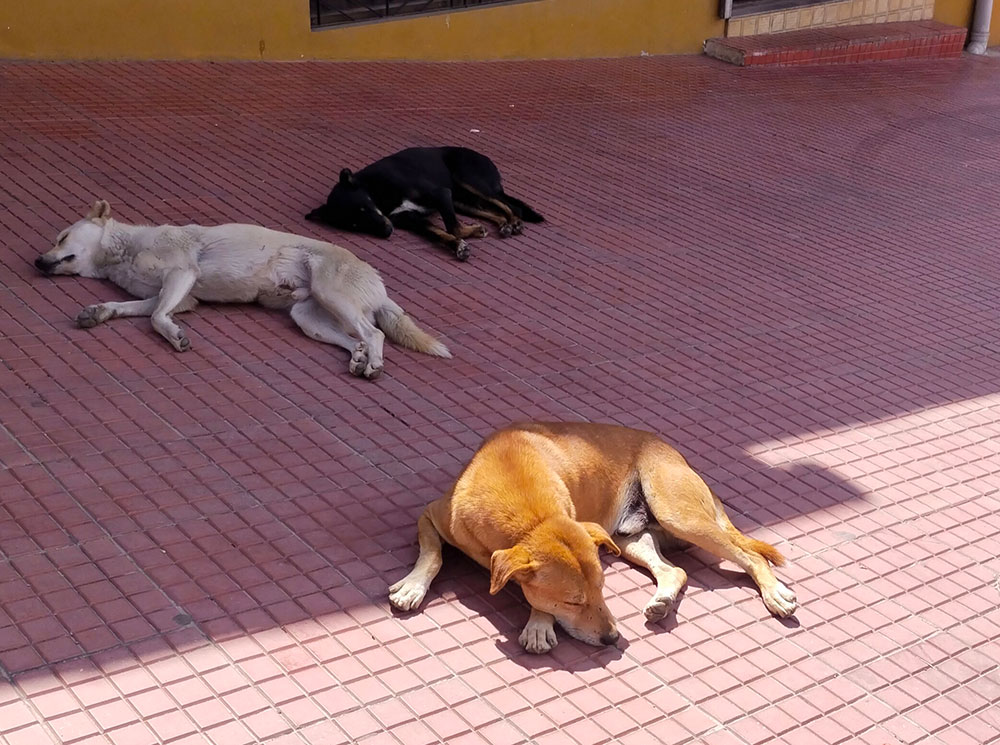YK Poudel
The National Accelerated Dog Population Management and Rabies Control Programme (NADPM and RCP) has sterilised 61,686 dogs as of October 3.
The goal is to achieve 100 percent sterilization rate by the end of October this year.
For decades, Bhutan has been struggling with the challenge of controlling the dog population, despite investing in numerous nationwide sterilisation campaigns.
The Department of Livestock (DoL) says that following the completion of NADPM and RCP, the number of dogs in the country stands at 100,624.
Of the total number, 69,852 are un-owned dogs, and 30,772 are owned dogs (microchipped and registered). However, it is anticipated that the population of owned dogs may slightly increase, as not all pet dogs are microchipped and registered.
Rinzin Pem, Chief Veterinary Officer of the Animal Health Division, highlighted the launch of the National Waste Management and Stray Dog Population Management (NWM & SDPM) flagship programme in June 2020.
The total budget for this flagship programme is Ngultrum 1 billion. Initially, the budget for the Dog Population Management (DPM) component was about ngultrum 50 million.
However, with the introduction of the Nationwide Accelerated Dog Population Management and Rabies Control Programme in August 2021, a joint effort between the livestock department and de-suung, the budget was revised to ngultrum 295 million.
This budget was exclusively allocated for sterilisation and rabies vaccination, medicine and equipment procurement, awareness campaigns, human resource deployment, mobility, and logistical arrangements across the country.
All the dzongkhags and thromdes, except for Samdrupjongkhar, have achieved 100 percent sterilisation coverage for free-roaming dogs. The dzongkhag is implementing post-survey response measures to catch and neuter three elusive free-roaming dogs that have been reported to be moving across the border.
Since 2006, Bhutan reported 18 human cases of rabies.
During the entire programme, the country saw just 0.2 percent mortality of dogs. It involved a total of 2,734 livestock officials, 9,001 de-suups, and 1,098 non-technical personnel.
The collaborative effort of all relevant stakeholders, including local government, covered 205 gewogs, 20 dzongkhags, and four thromdes.
The programme reached almost all the households in the country through multiple stakeholders’ meetings, advocacy programmes, and active community involvement.
The Department of Livestock acknowledged some challenges faced during the programme, including procurement of materials, Covid-19 restrictions, adverse weather conditions, irresponsible pet ownership, and difficulties in catching dogs as the programme progressed.
The NADPM and RCP, initiated by the Department of Livestock in collaboration with de-suung in August 2021, aims to reduce the risk of dog bites and eliminate human deaths from rabies by 2030.


